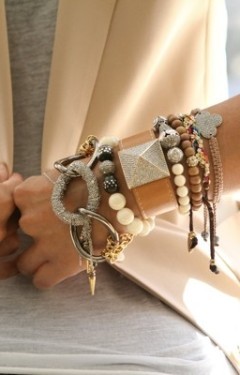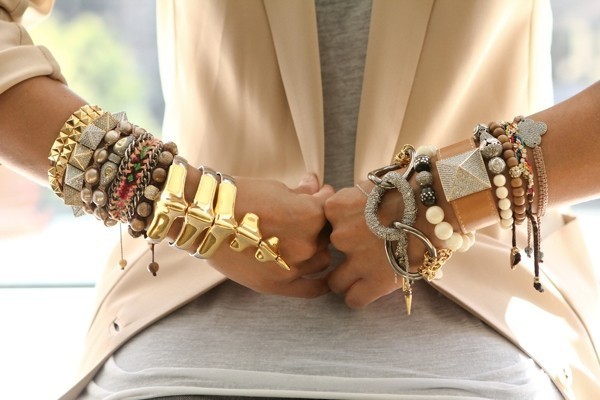Once I stopped straightening my naturally curly hair, I developed a routine that includes wrapping strands into two strand twists before bed to achieve the "perfect" coil in the morning. While it can take up to an hour for each process, I find myself getting lost in the rhythm of pulling at my curls. However, I'm starting to rethink my hairstyling strategy can have serious consequences.
Any action like twirling, brushing and twisting can cross the line from normal to compulsive, leading to
trichotillomania, according to Elizabeth Cunnane Philips, trichologist at hair health-focused brand
Philip Kingsley.
The extreme self-inflicted hair loss condition can start as innocently as hair twirling, perhaps while watching TV or studying, which then can develop into the pulling of individual hairs. It's much more likely to affect women than men -- with an approximate ratio of four to one. And trichotillomania is often present or reported soon after the onset of puberty, with the urge to twirl having deep psychological undertones.
"The sensation of pain creates a sensation that is one of exhilaration," says Philips. "Often times the patient reports a period of elevated stress that then spurred the condition. I have never observed a case where stress was not one of the presenting factors."
She adds, "Repeated and constant twirling and pulling can lead to frizzier hairs regrowing, and in some cases where the pulling is long term there can be follicular damage where the regowth potential can be diminished."
Of course, any advice that Philips offers is multifaceted as there are different levels of trichotillomania, from subtle areas that are not visible to the naked or untrained eye, to cases so severe that the patient hides with a wig.
"It is a complex condition that requires attention and must first be identified for what it is, and only then can the individual work on ways that help them," says Philips. "The idea is to create a sensation that keeps the hand away from the hair and scalp, and eventually helps to break what can become a habit."
Read on for her expert tips on how to control the urge to twirl:
• The continuation of any therapy that has proven helpful in the past. Managing any emotional and psychological issues is both vital and mandatory.
• Stress management techniques they can include everything from behavioral management to yoga.
• Identify individual triggers and set up way to catch those.
• Wear gloves while reading, watching TV or talking on the phone.
• Explore therapy balls that are often used for sensory therapy or rehabilitation post-hand surgery.


